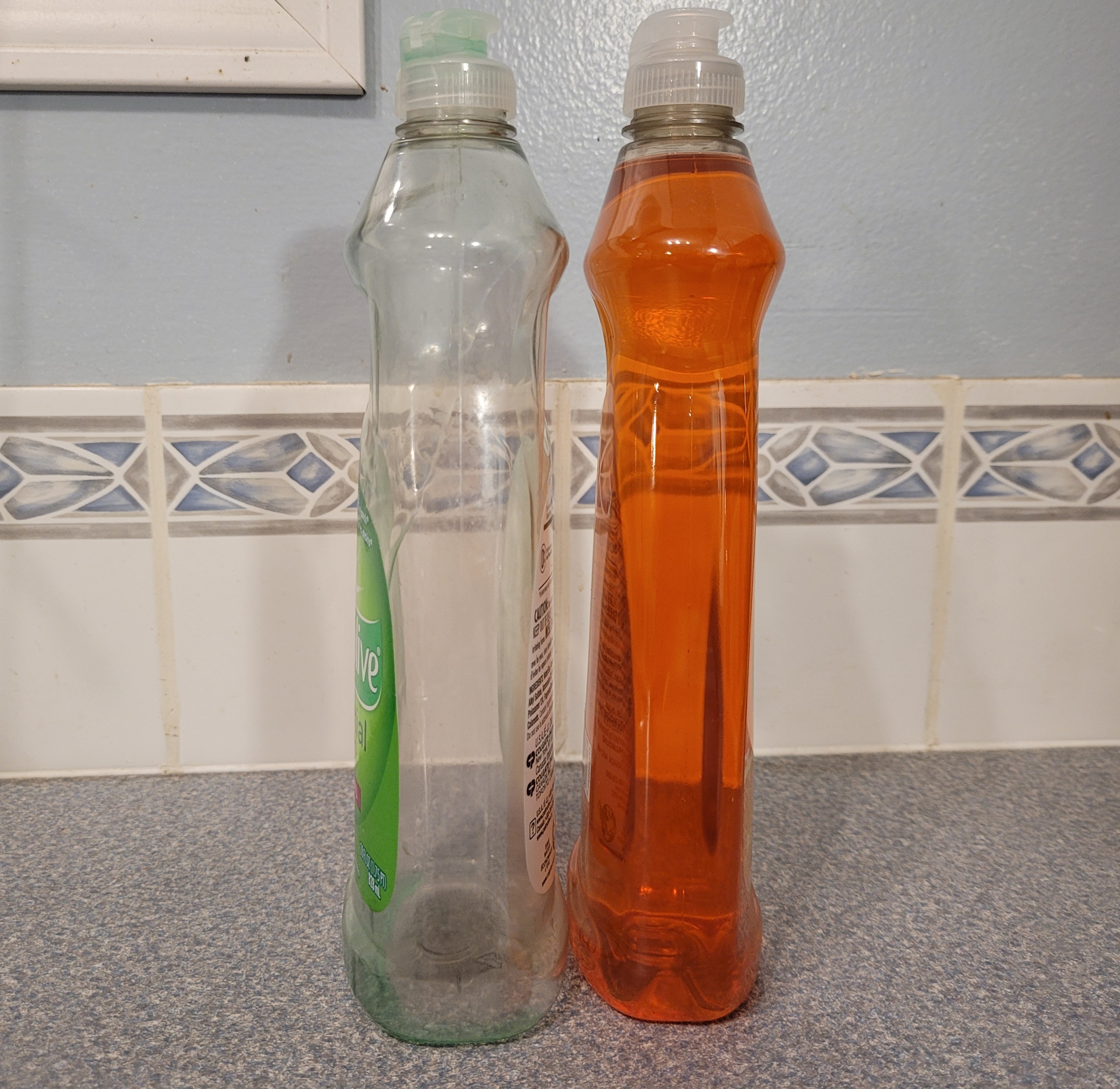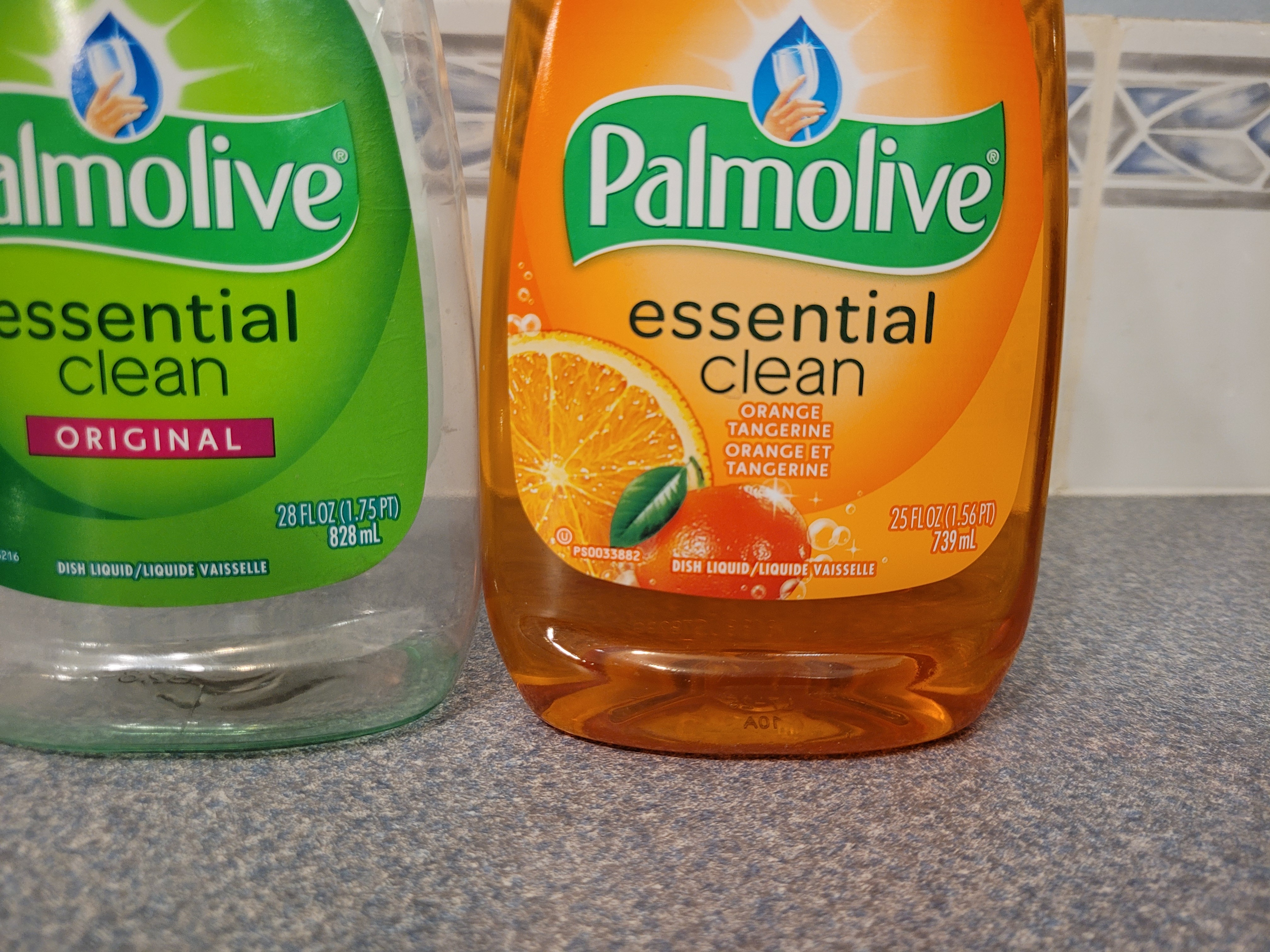Shrinkflation
A community about companies who sneakily adjust their product instead of the price in the hopes that consumers won't notice.
We notice. We feel ripped off. Let's call out those products so we can shop better.
What is Shrinkflation?
Shrinkflation is a term often coined to refer to a product reducing in size or quality while the price remains the same or increases.
Companies will often claim that this is necessary due to inflation, although this is rarely the case. Over the course of the pandemic, they have learned that they can mark up inelastic goods, which are goods with an intangible demand, such as food, as much as they want, and consumers will have no choice but to purchase it anyway because they are necessities.
From Wikipedia:
In economics, shrinkflation, also known as the grocery shrink ray, deflation, or package downsizing, is the process of items shrinking in size or quantity, or even sometimes reformulating or reducing quality, while their prices remain the same or increase. The word is a portmanteau of the words shrink and inflation.
[...]
Consumer advocates are critical of shrinkflation because it has the effect of reducing product value by "stealth". The reduction in pack size is sufficiently small as not to be immediately obvious to regular consumers. An unchanged price means that consumers are not alerted to the higher unit price. The practice adversely affects consumers' ability to make informed buying choices. Consumers have been found to be deterred more by rises in prices than by reductions in pack sizes. Suppliers and retailers have been called upon to be upfront with customers.
https://en.wikipedia.org/wiki/Shrinkflation
Community Rules
- Posts must be about shrinkflation, skimpflation or another related topic where a company has reduced their offering without reducing the price.
- The product must be a household item. No cars, industrial equipment, etc.
- You must provide a comparison between the old and new products, what changed and evidence of that change. If possible, also provide the prices and their currency, as well as purchase dates.
- Meta posts are allowed, but must be tagged using the [META] prefix
n.b.: for moderation purposes, only posts in English or in French are accepted.##
view the rest of the comments



Really need a law that if the amount, or recipie changes it is notified on the packaging for... 3 months?
I'd say for twice the expected usage time of the original packaging.
Say on average someone goes through the original bottle once a month (yes that is way too much usage, just as a hypothetical), they should be required to have it prominently displayed on the new label that the new size is estimated to last x% less time(or more time) than the previous packaging, for 2 months minimum.
I'm cases of recipe changes I think it should be required to have that on the packaging as well. I could see a soap mfg just diluting the soap to meet the volume, and bypass the requirement.
"why hfcs is actually better for you than sugar: get the facts" hitting national news at 9...
doubt it would, they dont seem to care
return to office does too and here we are
As someone with all: YES PLEASE!
Companies changing their recipes and ingredients while barely or even not changing their packaging has almost killed me at least twice now. And no doubt there have been several other "mystery reactions" that I've blamed on housemates not washing chopping boards, but could have been a product recipe change I didn't notice at that specific time.
It's been getting so much worse. One of the things I'm allergic to is potato, which is a supper common ingredient to be used when a company uses "skimpflation" to increase profits. Changing the ingredients and quality of ingredients, and manipulating the recipe to be cheaper to make, but not entirely noticeable to the public - maybe use a health-focused or other marketing strategy "now with less carbs" to hide that swapping half the wheat flour for wheat fibre was an entirety profit driven choice.
Potato is cheap and versatile. In the last 10 years I've lost entire catagories of products to brands adding unnecessary potato. From sachets of cup-a-soup to canned soup where potato is a great cheap thickening agent to pesto pasta sauce where most brands in Australia contain potato flakes as a binder. I'm allergic to tomatoes too so pesto pasta used to be my life saver at Italian restaurants, But no more. I'm not safe with sweet products either, potato flour is a cheap way to cut wheat flour in cookies and cakes, potato starch can thicken puddings and custards while conveniently making your product gluten free (so you can save money on ingredients, And charge more for being a "allergen friendly food")
My favourite brand of rice pudding is actually what first drew my attention to the issue with recipe changing and packaging not changing. I bought 2x two packs on the same day, got home and halfway through the week had an allergic reaction after dessert. I double checked the ingredients and because I still had the old pack sitting in the recycling bin I could directly compare while I waited for my boyfriend to bring the car around so we could go to the hospital.
It's gotten to the point where I'm paranoid enough that I'm checking the same ingredients list 3 times - in the store before I buy it, at home when I pull it out of the pantry, and when I'm standing over the trash can about to throw the packet away, or when I'm pulling it out of my lunch box about to eat it, after already having checked it as I was putting it in my lunch box.
I wonder if you could go to the CBC with your story, that seems like a serious concern that needs to be addressed. It's not fair to you or anyone with "unusual" allergies.
Man that would be great but you know these companies are just gonna claim its an entirely different product to get around that
I feel like if we had an independent crowd sourced site or something to track these it would have better visibility
I agree that companies would try to get around it, but that's what government agencies are for, and the fact they will try and Weasle out of it doesn't mean we shouldn't try
I feel like openfoodfacts could be relevant to that - there are a lot of non-food grocery items tracked like dish soap. But yeah the main challenge would be tracking sku changes since openfoodfacts is based on barcodes. But the openfoodfacts database would be a good starting point since it has lots of data like container size and stuff.
One possible way to track it would be to show a banner on any item that has had a recent quantity change. If a new sku is introduced, they could track when one product code replaces another, and show a similar warning (or if that is too hard to track, a warning when a sku is newer than x months would alert you so that you don't mistake it for that product you've regularly bought for years).
Either way I'm not sure how it would be made low friction enough to be practical since openfoodfacts requires you to scan each items barcode to see details, unless you had like AR glasses that auto scanned products and showed warnings from openfoodfacts.
Nobody would visit it. If you entered products that you use to get a notification when it is changed, then someone would just hack the database and sell it to Informatica.
I remember something like that happened for toilet papers in Brazil many years ago. Many brands reduced the roll length and there were an outcry among the people. In the end a law was created to do exactly that what you said, but this didn't stopped companies to continue shrinking products
Here is an example with the warning in yellow
They would just write "new look same great product!" on it and the FDA would be like aiiiight cool.
It's "fun sized!"
Forever!
"Now 30% less for the same price!"